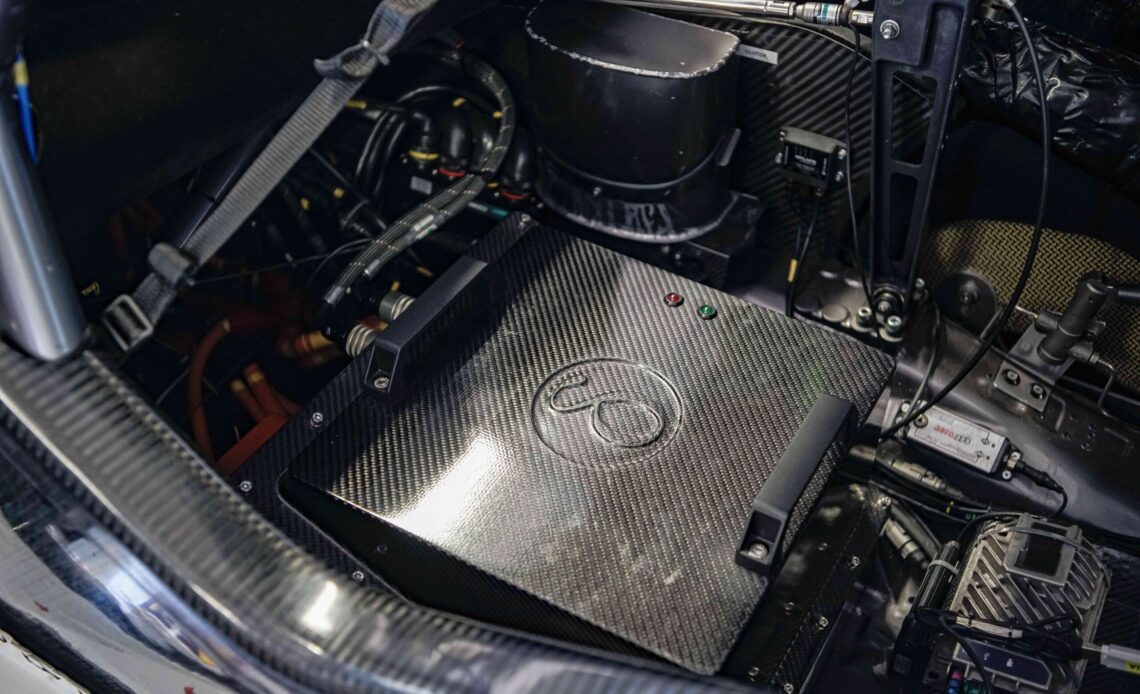The inaugural season for the new hybrid era of the British Touring Car Championship (BTCC) came to an end on October 9th, 2022, marking the first-ever hybrid touring car championship worldwide to complete a season. BTCC’s hybrid system is spec one developed by Cambridge, UK, based Cosworth.
The primary target for the hybrid drive was 15 seconds of deployment per lap when the system was available to a given driver. This translated to that car gaining 15m within those 15 seconds, assuming a corner exit speed of 100km/h. The organising body, TOCA, didn’t want it to act like a DRS, only being deployed in some regions of the circuit and only rewarding chasing drivers, as it believes this overtaking is too fabricated. Instead, it wanted a push-to-pass system that drivers could use at the exit of a corner to try and bring them alongside opponents in the next corner. However, the driver in front would also be able to push to defend that position, keeping racing close.
The motor, the inverter and the ancillaries needed to be primarily off-the-shelf components for cost reasons. The only part that sits outside of that is the battery, which has been designed uniquely for BTCC by Delta-Cosworth. Because this is a hybrid system, and it isn’t the primary driver for the vehicle, peak efficiency isn’t the main driver. For the specification, BTCC needed a system that could deliver the duty on the lap the driver demands and push energy back to the battery to recover a portion of that.
System specification
The Cosworth hybrid package is based on TOCA’s requirement for low voltage (sub 60V) and is designed to replace the BTCC’s success ballast concept, allowing it to be a racing tool rather than just a marketing gimmick. Anything below 60V is classed as low voltage, and the hybrid system’s peak voltage is around 56.5-57V from the battery. The running range is between 43 and 57V, with a nominal average of about 51V.
The motor is an Emrax 188 – an axial flux, external permanent magnet rotor unit. In terms of control, three phases were deemed sufficient for the BTCC application on cost grounds. The motor weighs just 7.3kg and produces 30kW of continuous power and 50Nm of continuous torque with a peak of 90Nm. It’s relatively small, too, being 188mm in diameter and 77mm deep. The axial flux architecture was chosen for speed matching alongside the internal combustion engine as the motor is mounted parallel to the gearbox and driven off its input shaft. As…
Click Here to Read the Full Original Article at Racecar Engineering…

